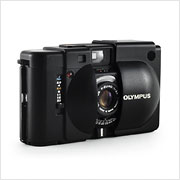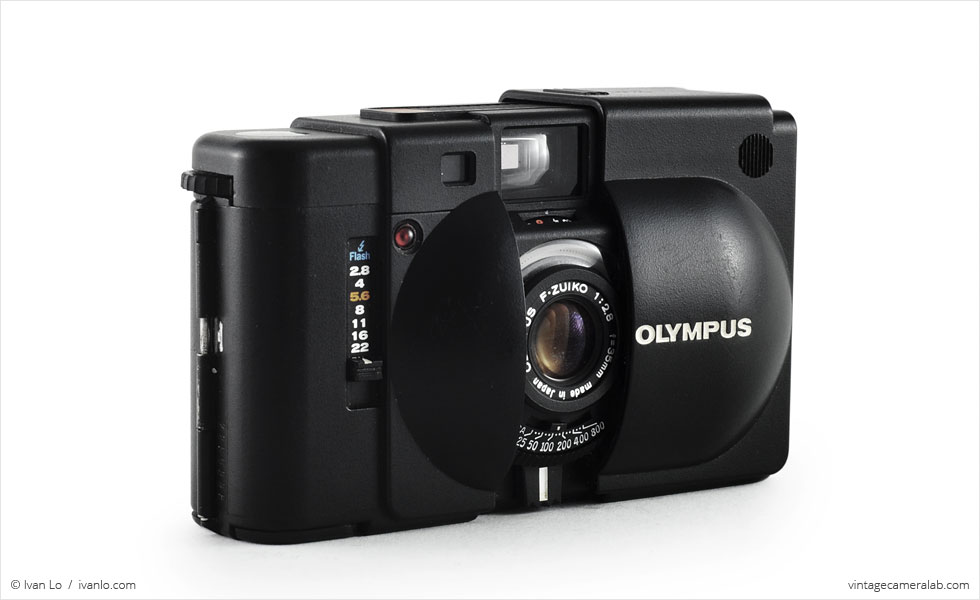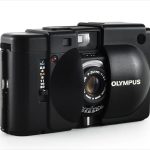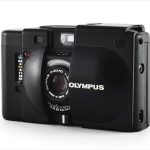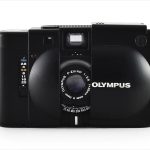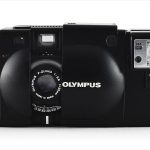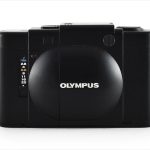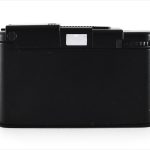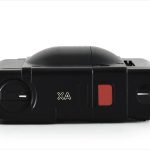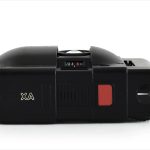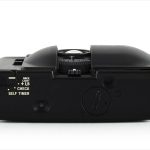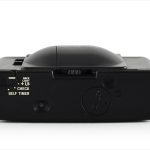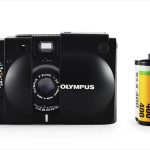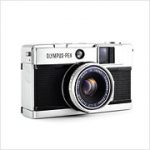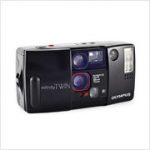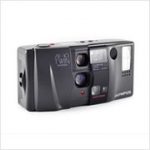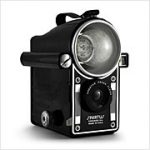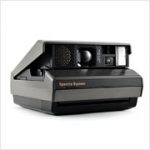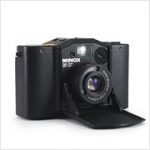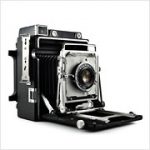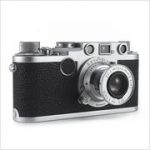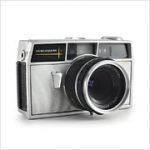Olympus XA Specifications
| Manufacturer: | Olympus Corporation |
| Origin: | Japan |
| Made in: | Japan |
| Introduced: | 1979 |
| Type: | Rangefinder |
| Format: | 135 Film |
| Dimensions: | 10.4 x 6.5 x 4 cm |
| 14.1 x 6.5 x 4 cm (with flash) |
Olympus XA Overview
The Olympus XA is a sleek compact 35mm rangefinder introduced in 1979 by Olympus. After succeeding with a long line of compact 35mm half-frame “Pen” cameras, Rollei struck back with the amazing Rollei 35: a camera as small as any Pen but able to produce full-frame images. Olympus continued on with the newly outclassed Pen for over a decade before they finally came back with a real answer to Germany: the Olympus XA. When it was released, the XA was the smallest rangefinder ever made and is still one of the smallest today.
To ready the camera for use, the plastic cover can be slid open to reveal a viewfinder window and the F-Zuiko 35mm f/2.8 lens. Directly underneath the lens is a film speed selector and under that is a tab with which to focus the lens. The aperture is chosen by a sliding switch to the side of the lens by the red check battery and self-timer light. A frame counter is found on the top plate of the camera just above the film advance wheel and next to the rectangular red shutter button. The film rewind knob can be accessed when the cover is closed. The bottom plate of the camera is home to the tripod socket, battery door, film rewind release button, and a switch that activates a +1.5 stop exposure compensation for backlit situations, the battery check light, or the timer. The detachable A11 Electronic Flash unit attaches to the contacts on the user’s left hand side of the camera and is secured by a thumb screw.
I lucked out and bought this Olympus XA at a thrift store for only a few dollars. Then, just a few weeks later, I found an Olympus XA-2 (the direct successor to the XA) in yet another thrift store for another few dollars. I’m still keeping my eye out for an Olympus XA-1 (the simplified version of the XA) to complete the trifecta.
Find your very own Olympus XA on eBay.
McKeown, James M. and Joan C. McKeown’s Price Guide to Antique and Classic Cameras, 2001-2002. (Grantsburg, WI, USA: Centennial Photo Service, 2001), p 521.
